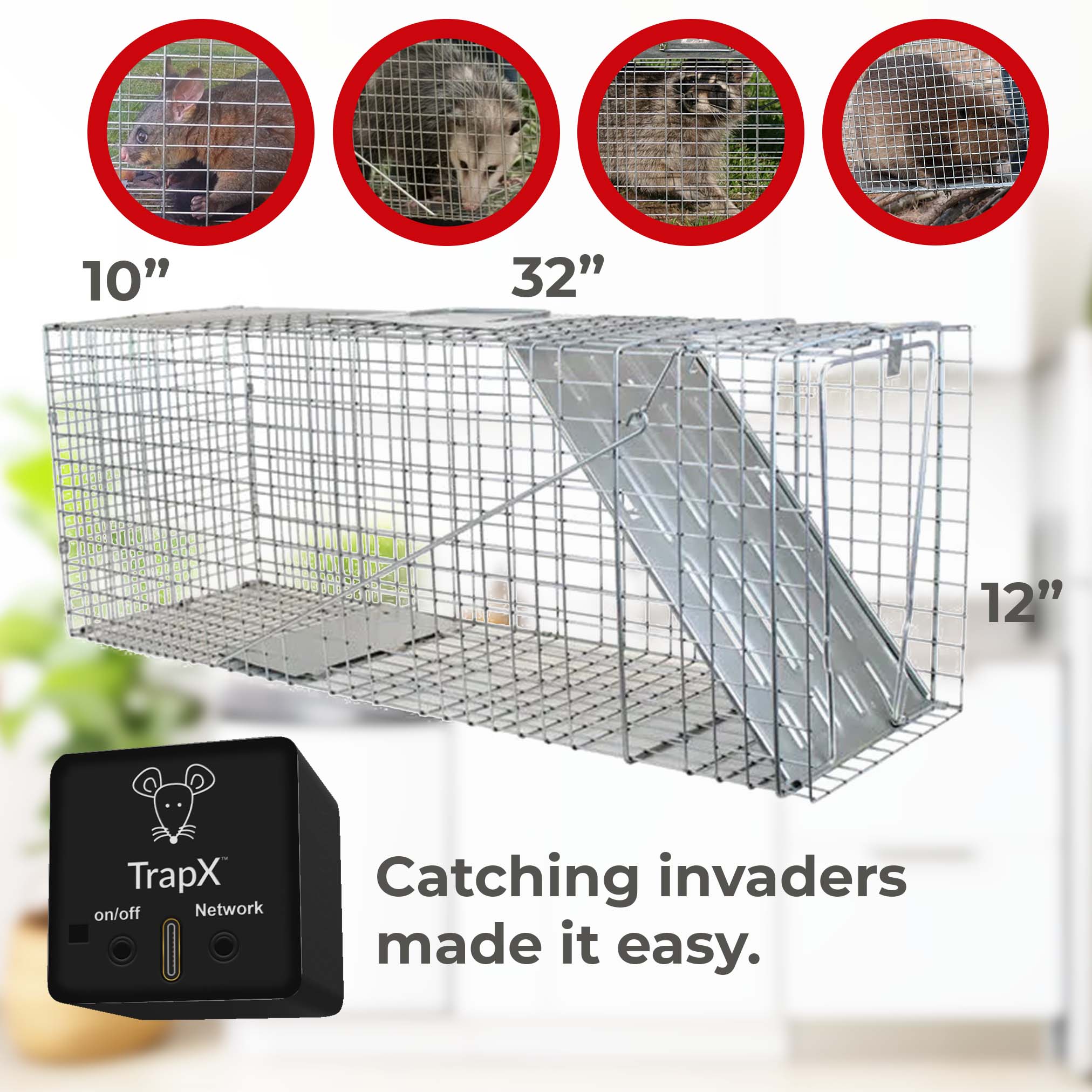Where Are Rodent Nests Commonly Found?
Share
Rodents can be a nuisance and a health hazard, and knowing where rodent nests are commonly found is the first step in effective pest control. In this comprehensive guide, we will explore various environments where rodents typically set up their nests. Understanding these locations can help you take preventive measures to keep your space rodent-free.

Common Areas Inside Homes
1. Attics
Attics are a favorite spot for rodents, offering warmth and isolation. The insulation provides comfortable nesting material.
2. Basements
Basements typically have dark corners and minimal human interference, making them ideal nesting spots for rodents.
3. Kitchens
Kitchens provide easy access to food, making them attractive to rodents. They commonly nest behind appliances and in cabinets.
4. Garages
Garages, often cluttered, provide numerous hiding spots. Cardboard boxes and stored items make perfect nesting materials.
5. Inside Walls
Rodents often burrow into walls. They create nests in the insulation or empty cavities within the wall structure.

Common Places Outside Homes
6. Gardens
Gardens offer natural food sources. Rodents build nests in shrubs, under piles of leaves, or in garden sheds.
7. Sheds and Barns
Sheds and barns are less disturbed than homes, making them attractive nesting locations. Stored food supplies add to their appeal.
8. Woodpiles
Woodpiles offer warmth and protection, ideal for rodents, especially during cold seasons.
9. Under Decks and Porches
These areas provide shelter from the elements and are often overlooked by property owners.
10. Trash Bins and Compost Heaps
Rodents are drawn to the plentiful food scraps found in trash bins and compost heaps.

FAQs About Rodent Nests
What materials do rodents use for nesting?
Rodents use soft materials like shredded paper, insulation, fabric, and dried leaves for their nests.
Can you find rodent nests behind appliances?
Yes, rodents often nest behind kitchen appliances like stoves and refrigerators where there is warmth and minimal disturbance.
Are rodent nests only found on the ground?
No, rodents can nest in elevated spaces like attics, inside walls, and even in trees and shrubs.
How can you detect a rodent nest?
Look for signs such as droppings, gnaw marks, and shredded materials. You may also hear scratching or squeaking sounds.
What should you do if you find a rodent nest?
Wear protective gloves, remove the nest carefully, and clean the area thoroughly. Consider calling pest control for larger infestations.
Can rodents nest inside vehicles?
Yes, rodents can nest in vehicle engines, especially if the vehicle is rarely used. Look for signs like droppings and chewed wires.
Conclusion
Understanding where rodent nests are commonly found is crucial for effective rodent control. Regular inspections and proper sanitation practices can help prevent infestations. If you suspect a rodent problem, taking prompt action can prevent further damage and health risks.
External Resource: For more information on rodent control, check out the CDC's guidelines on rodent prevention.
Remember, a proactive approach is the best way to keep your home rodent-free.
Internal Resources: Don't miss out on more tips like how to handle a remote control mouse, learn about the DIY mouse trap bucket, and avoid the pitfalls of disappearing mouse traps.
As an Amazon Associate, I earn from qualifying purchases.
